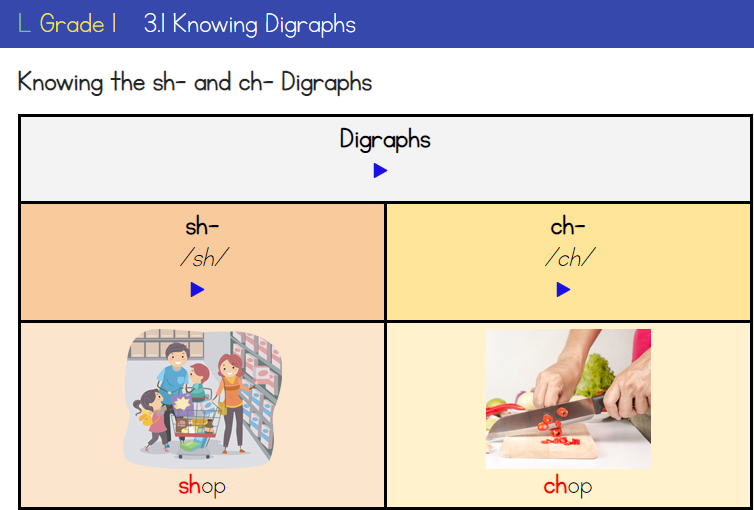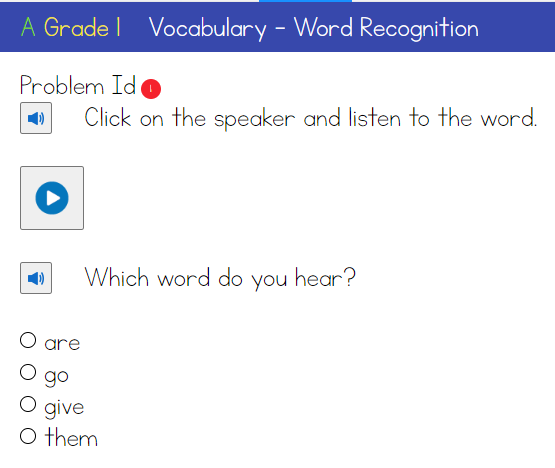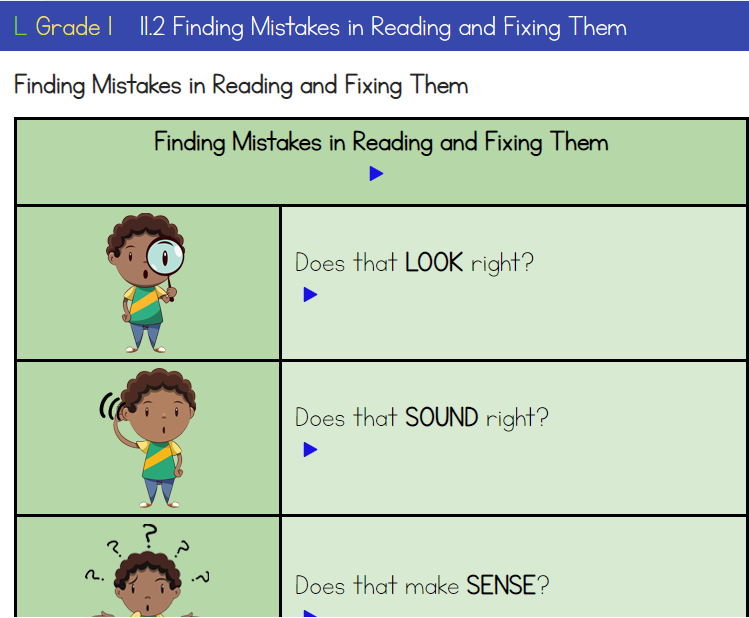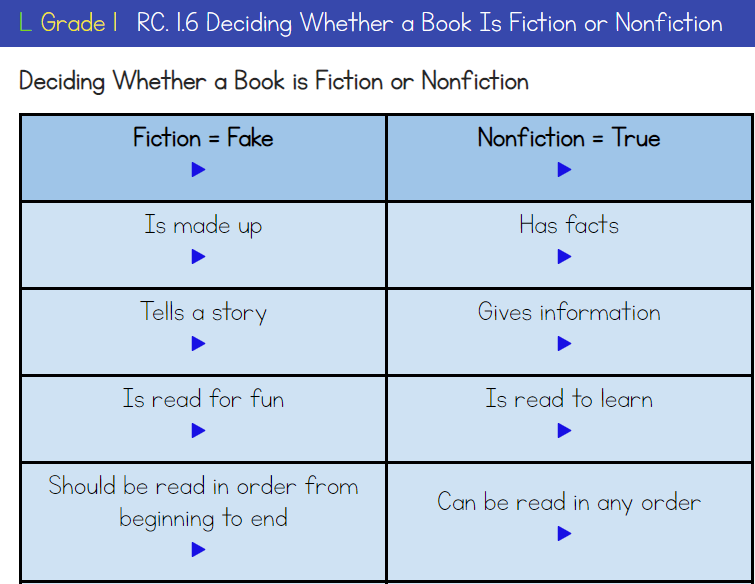The science of reading has become a hot-button political issue, as states grapple with declining math and reading scores post-pandemic. California has become the latest state to push for science-based reading instruction using a structured approach to teaching literacy, as currently, only 42% of the state’s third graders are reading at grade level. The goal is for all early elementary students to read fluently by the end of third grade, as entering fourth grade with strong foundational reading skills ensures a higher rate of high school graduation. Reaching this goal will require many districts to adopt a structured, evidence-based approach to literacy instruction if they have not already done so.
What is the Science of Reading?
The science of reading refers to decades of interdisciplinary research explaining the best ways to learn and teach reading. Experts from the fields of education, psychology, neuroscience, and more have proven that explicit, systematic, and sequential instruction is beneficial for ALL students learning to read. Essentially, a structured approach to teaching literacy is necessary to meet the needs of the majority of learners, and no one part of the science of reading can be neglected.
What are the “Big Five” components of the Science of Reading?
The “Big Five” components of effective reading instruction are phonological and phonemic awareness, phonics, fluency, vocabulary, and comprehension. At Afficient Academy, we are proud to launch a first-grade English product that addresses all aspects of the science of reading.
Phonemic Awareness
The first building block of literacy is phonemic awareness. Phonemic awareness is the ability to identify and manipulate SPOKEN SOUNDS in words. This means that before students even pick up a book, they need to be able to close their eyes and pick out sounds, put them together, and make spoken words. Here are some of the different skills that students practice when building phonemic awareness:
1) Breaking apart spoken words into syllables
2) Find rhyming sounds in spoken words
3) Finding the beginning, middle, and ending sounds in spoken one-syllable words
4) Putting sounds together in spoken words and breaking them apart
5) Adding sounds onto spoken words, for example, at → cat
6) Deleting sounds in spoken words, for example, kit → it
7) Substituting sounds in spoken words, for example, cat → bat
Afficient English has all of these phonemic awareness skills and more built into its first-grade curriculum. In the example below, you can see that students need to sort pictures by the vowel sound in the words. This requires the students to click the speaker and listen to the vowel sound, say the words themselves, and think about which vowel sounds can be found in the middle of the words. This is an important step BEFORE students learn to read words with short vowel sounds.

Phonics
People often confuse phonemic awareness with phonics, but there is an important distinction. Phonemic awareness focuses only on the SOUNDS in words, while phonics connects those sounds with LETTERS on the page. Explicit, systematic, and sequential phonics instruction is essential for students to learn how to read. Some phonics skills that students must learn are:
1) Matching the letters of the alphabet to their primary sounds.
2) Reading digraphs (like sh-, ch-, th-, ph-).
3) Blending one-syllable words.
4) Reading words with long vowel spelling patterns (like the silent -e).
5) Reading words with silent consonants (like sword).
6) Counting the number of syllables in a printed word.
7) Reading words with common suffixes.
Afficient English strategically weaves phonemic awareness and phonics skills throughout its first-grade and second-grade curriculum. In the following example from a demo, we teach the sounds that correspond to the digraphs sh- and ch-. The auditory and visual support from the pictures helps students hear and visualize the difference between the closely related sounds. This helps students DECODE the words that they read on the page so they can make meaning.

Fluency
The next step in establishing a firm foundation in reading is achieving fluency. Fluent readers read at an appropriate speed, accuracy, and expression. Reading too fast or too slow impacts a reader’s comprehension, so it is important to read enough words per minute (WPM) to make sense of words and sentences. It is also essential for students to read with high accuracy by recognizing common words right away, blending sounds in unfamiliar words together, and monitoring their reading by fixing their own errors. Reading with expression refers to the quality of reading aloud. Does the reader’s voice sound natural, the way one would talk, or does the reading have a monotonous or choppy quality? While difficult to assess, reading with expression is important because it correlates with higher levels of comprehension and motivation to read.
Afficient English tackles fluency by explicitly teaching sight words, or high-frequency words, within its vocabulary module. Sight words are the most common words read in the English language, so students need to memorize them in order to read at an appropriate speed. Students practice 300 sight words in a variety of ways within the primary grades to help them improve their fluency. Please see the example below:

We also have explicit skills that encourage fluency within our first-grade curriculum, including:
1) Reading sight words.
2) Identifying texts read with speed, accuracy, and expression.
3) Finding mistakes in reading and fixing them.
In the lesson below, students learn how to monitor their accuracy while reading by asking themselves if the words they read look right, sound right, and make sense. This skill comes AFTER all the explicit phonics skills, so students can use all the sound-spelling combinations that they have learned to identify the kinds of common mistakes that are made while reading.

Vocabulary
An important step in developing the background knowledge needed to comprehend complex texts is to have a strong grasp of academic vocabulary. Students who enter kindergarten with more oral language skills have an advantage over students with a low level of vocabulary. Building academic vocabulary skills requires explicit instruction and exposure to appropriate texts. Some of these skills are:
1) Finding and using context clues in sentences.
2) Finding words that appeal to the five senses.
3) Finding words that reveal feelings.
4) Knowing common prefixes and suffixes.
5) Finding base words and inflectional endings.
6) Sort words into categories.
7) Finding shades of meaning in verbs and adjectives.
In the example from a lesson below, we demonstrate how to find the meaning of the word “protective” by looking for context clues. We can see that in the following sentence, a dog that is protective is trying to “keep you safe.” Being great at keeping you safe means the same thing, or almost the same thing as being protective. These skills are important when students are reading fiction and nonfiction passages.

Comprehension
Finally, the purpose of these foundational literacy skills is to build overall comprehension of complex texts. It is important to expose students to a wide variety of fiction and nonfiction texts in the primary grades to provide a solid foundation for them. Some important comprehension skills are:
1) Asking and answering questions about texts.
2) Finding the lesson or moral of a story.
3) Finding the main topic of a text.
4) Finding the key details in texts.
5) Finding and using text features (like a table of contents and a glossary).
6) Finding the reasons to support an opinion.
7) Comparing two texts.
The following is from the demo for our first comprehension skill for first grade. Students learn how to tell the difference between fiction and nonfiction texts by identifying the purpose and characteristics of each. By exposing them to grade-level appropriate, Lexile-aligned passages of a variety of genres and subjects, students can develop a multitude of comprehension skills. All of our passages include eye-catching images and necessary audio support to help students digest the material.

Conclusion
At Afficient Academy, we pride ourselves on offering comprehensive, rigorous, and engaging standards-aligned instruction. Our new first grade curriculum is no exception. We include all the following components of reading within our curriculum:
1) Phonemic awareness
2) Phonics
3) Fluency
4) Vocabulary
5) Comprehension
Our demo lessons and exercises are full of visual, audio, and video support to aid your students in mastering necessary skills. Sight words are taught sequentially and practiced in every chapter to help your students increase their reading fluency. Finally, all of our passages are grade-level appropriate and Lexile-aligned to ensure readability and comprehension. Know your child would benefit from Afficient English‘s first-grade product? Sign up to take our FREE diagnostic test today!





